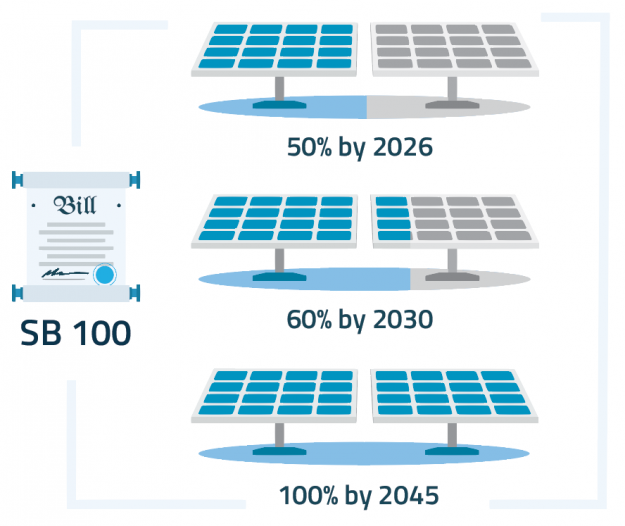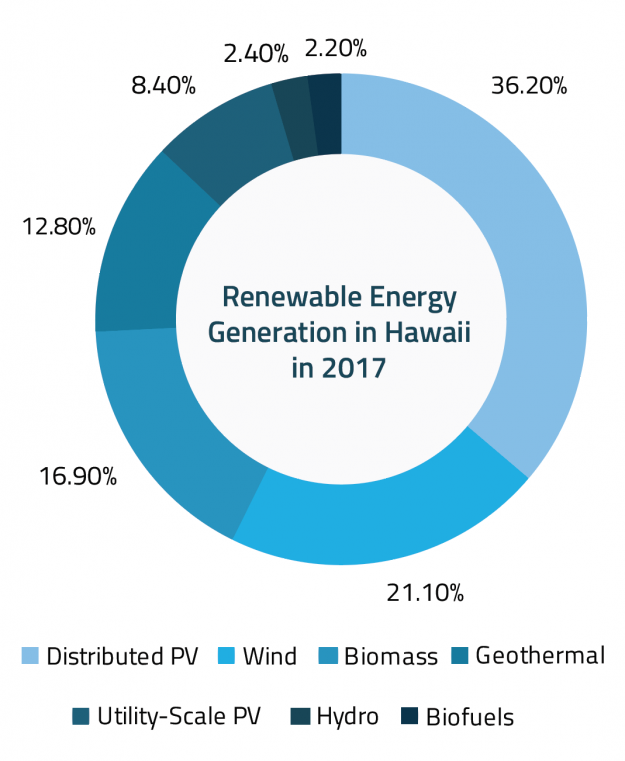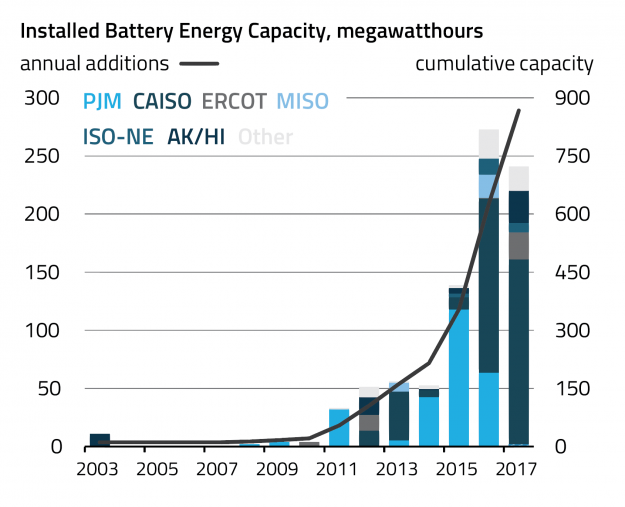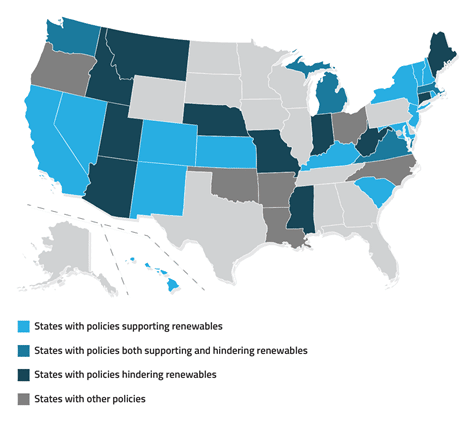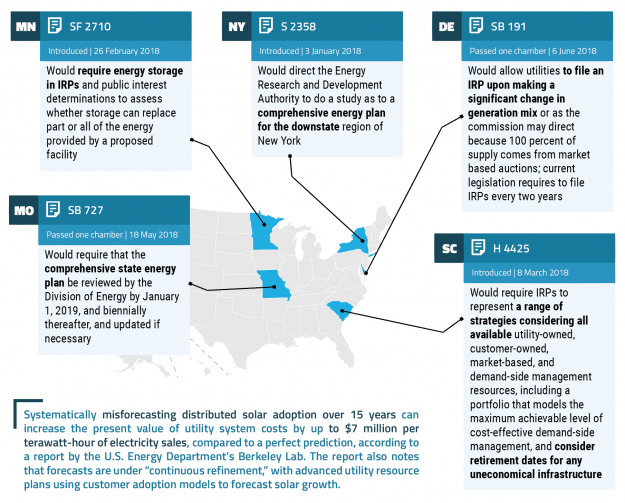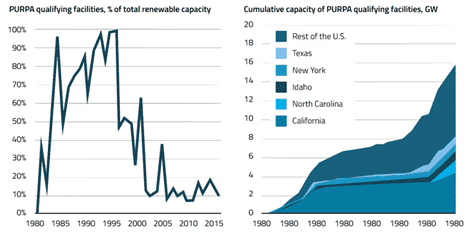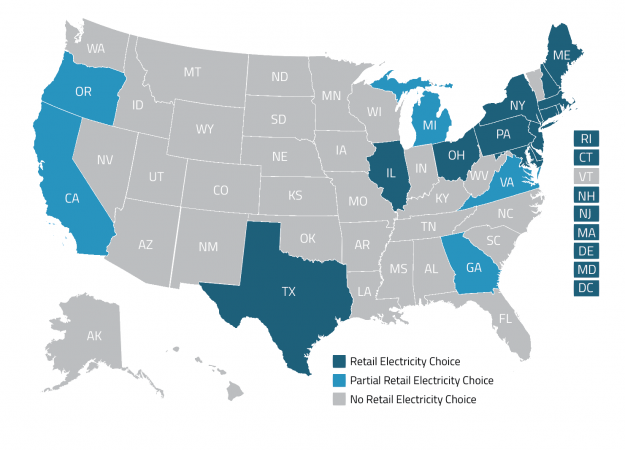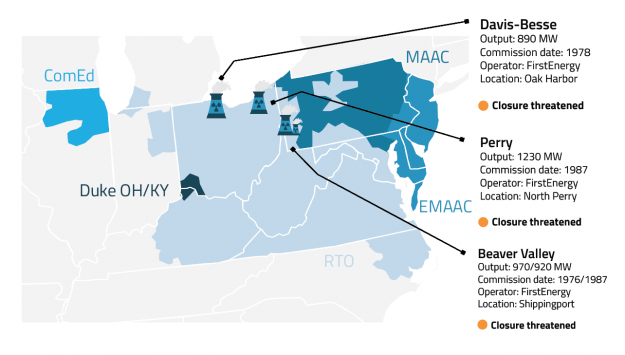EnerKnol’s Visual Primer – California’s 100 Percent Zero-Carbon Goal Hinges on Energy Storage
California has enacted legislation that reinforces the state’s clean energy leadership with a goal of procuring 100 percent of the state’s electricity from renewable and zero-carbon resources by 2045. California’s move is historic in that it represents the world’s fifth-largest economy having established a renown in the international climate arena. The Golden State has accelerated the growth of its solar and wind industries but success likely depends on whether storage systems can supplant natural gas that provides about a third of the state’s electricity. Earlier this year, California became the first U.S. state to mandate solar rooftop panels on new homes. To achieve its 2030 goal of five million zero emission vehicles, California recently enacted a law to assess charging infrastructure buildout.
